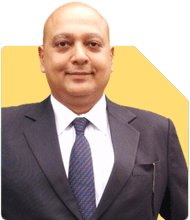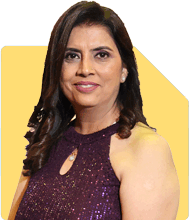Sushil Sukhwani | Answer |Ask -Follow
Study Abroad Expert - Answered on Feb 11, 2023

Can we study PG medicine in Australia. And what is the procedure ?
Earning an undergraduate medical degree program from a recognized institution, such as a Bachelor of Medicine, Bachelor of Surgery (MBBS) or Doctor of Medicine (MD).
Securing registration with the Australian Health Practitioner Regulation Agency (AHPRA) as a licensed medical practitioner.
You should know that there are two options:
1. Non-clinical degree - For example Public health administrator, healthcare management, hospital administration, etc
2. Clinical degree - For example Nursing, MBBS, Physiotherapy, etc
Undertaking a PG medical program in a preferred specialty area, such as cardiology or oncology.
Obtaining specialist recognition from a relevant college, such as the Royal Australasian College of Surgeons or the Royal Australian College of General Practitioners.
It's important to note that the specific requirements and procedures may vary based on your intended place of practice and the specialty you have chosen to pursue.
You may like to see similar questions and answers below
Geeta Ratra | Answer |Ask -Follow
Visas, Study Abroad Expert - Answered on Feb 06, 2023
Sushil Sukhwani | Answer |Ask -Follow
Study Abroad Expert - Answered on Feb 22, 2023
Sushil Sukhwani | Answer |Ask -Follow
Study Abroad Expert - Answered on Apr 11, 2024
Mayank Chandel |2575 Answers |Ask -Follow
IIT-JEE, NEET-UG, SAT, CLAT, CA, CS Exam Expert - Answered on Jul 29, 2024
Ramalingam Kalirajan |10893 Answers |Ask -Follow
Mutual Funds, Financial Planning Expert - Answered on Dec 15, 2025
Ramalingam Kalirajan |10893 Answers |Ask -Follow
Mutual Funds, Financial Planning Expert - Answered on Dec 15, 2025
Radheshyam Zanwar |6746 Answers |Ask -Follow
MHT-CET, IIT-JEE, NEET-UG Expert - Answered on Dec 15, 2025
Ramalingam Kalirajan |10893 Answers |Ask -Follow
Mutual Funds, Financial Planning Expert - Answered on Dec 15, 2025
Ramalingam Kalirajan |10893 Answers |Ask -Follow
Mutual Funds, Financial Planning Expert - Answered on Dec 15, 2025
Ramalingam Kalirajan |10893 Answers |Ask -Follow
Mutual Funds, Financial Planning Expert - Answered on Dec 15, 2025
Samraat Jadhav |2508 Answers |Ask -Follow
Stock Market Expert - Answered on Dec 15, 2025
Ramalingam Kalirajan |10893 Answers |Ask -Follow
Mutual Funds, Financial Planning Expert - Answered on Dec 15, 2025
Reetika Sharma |425 Answers |Ask -Follow
Financial Planner, MF and Insurance Expert - Answered on Dec 15, 2025
Radheshyam Zanwar |6746 Answers |Ask -Follow
MHT-CET, IIT-JEE, NEET-UG Expert - Answered on Dec 15, 2025

























